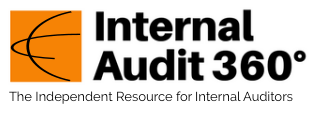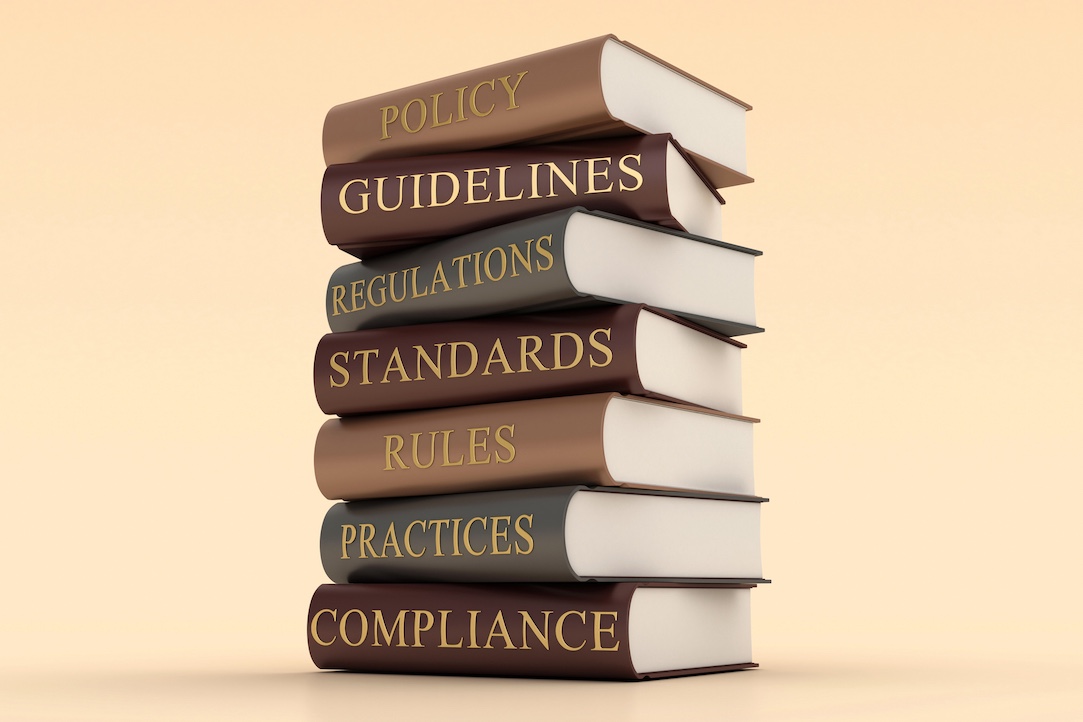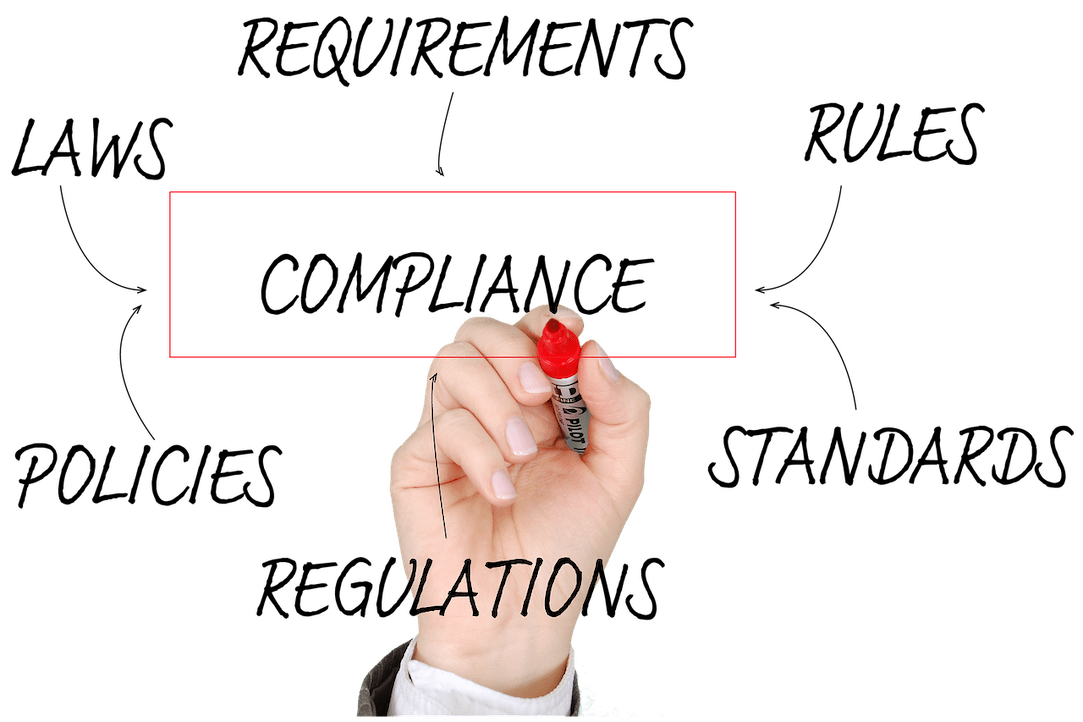A Utility Player Mindset: The Power of Rotation Programs in Internal Audit
In baseball, a utility player is one of the team’s most valuable assets—an individual who can step into one of several fielding positions during a game to help secure a win. Utility players are valued not only for their varied skills but for their adaptability, resilience, and broad game knowledge, Read More











